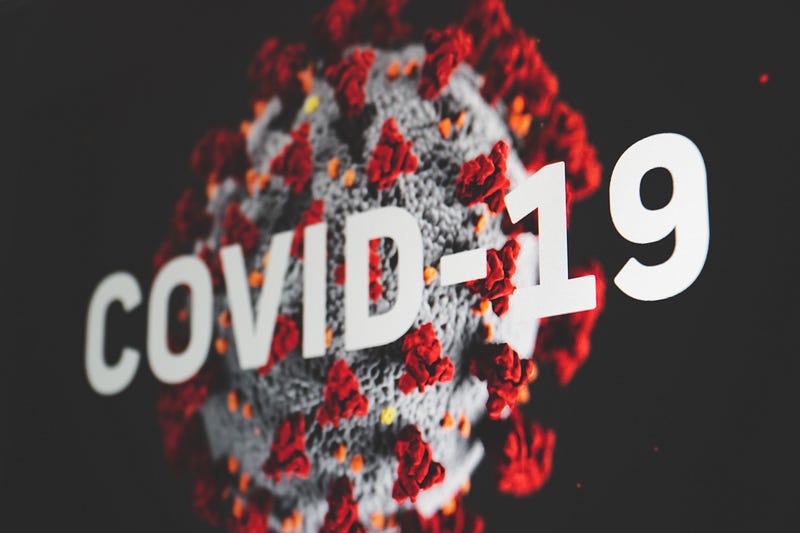
Viruses are fascinating and highly adaptable entities that have been evolving alongside life on Earth for billions of years. These microscopic infectious agents have the ability to undergo genetic changes over time, allowing them to adapt, survive, and persist in their hosts. In this article, we will explore the reasons behind the evolution of viruses and the implications it has on human health.
Table of Contents
- Introduction: Understanding Viruses
- Genetic Variation and Mutation
- Natural Selection and Adaptation
- Host Immune System Pressure
- Environmental Factors
- Zoonotic Transmission
- Consequences for Human Health
- Conclusion
- FAQs
Introduction: Understanding Viruses
To comprehend why viruses evolve, it is essential to have a basic understanding of their nature. Viruses are tiny infectious particles that rely on host cells to replicate. They consist of genetic material, such as DNA or RNA, surrounded by a protein coat. Unlike living organisms, viruses lack the ability to grow, reproduce, or carry out essential metabolic functions on their own. Instead, they hijack the cellular machinery of their host organisms to multiply and spread.
Genetic Variation and Mutation
Viruses have an inherently high mutation rate, primarily due to their replication mechanisms. When viruses reproduce, they make copies of their genetic material, and errors can occur during this process. These errors, known as mutations, lead to genetic variations within viral populations. Mutations can introduce changes in the viral genome, altering the structure and function of viral proteins.
Natural Selection and Adaptation
The process of natural selection plays a crucial role in viral evolution. Mutations that provide a survival advantage to the virus, such as enhanced infectivity or evading the host’s immune response, are more likely to be passed on to subsequent generations. Through natural selection, viruses with advantageous mutations can become more prevalent within a population over time, leading to the emergence of new viral strains or variants.
Host Immune System Pressure
The immune system is the body’s defense mechanism against viral infections. When a virus enters the body, the immune system detects and mounts a response to eliminate the invader. However, viruses can evolve to evade or subvert the host immune system. They may acquire mutations that alter the structure of viral proteins targeted by the immune response, allowing them to escape recognition or neutralization. This immune system pressure acts as a driving force for viral evolution.
Environmental Factors
Environmental factors can also contribute to viral evolution. Changes in ecological conditions, such as temperature, humidity, or the availability of hosts, can shape the evolution of viruses. Certain environmental conditions may favor the survival and transmission of specific viral strains, leading to their dominance within a population. Additionally, human activities, such as deforestation or urbanization, can disrupt ecosystems and facilitate the spillover of viruses from animals to humans, triggering further viral evolution.
Zoonotic Transmission
Zoonotic diseases, which originate in animals and are transmitted to humans, have played a significant role in viral evolution. When viruses cross the species barrier and infect a new host, they encounter a different immune system and cellular environment. This cross-species transmission provides opportunities for viral adaptation and evolution as viruses adapt to replicate efficiently and cause disease in the new host species.
Consequences for Human Health
The evolution of viruses can have profound consequences for human health. Viral evolution can lead to the emergence of new infectious diseases or the reemergence of existing ones in novel forms. It can also result in the development of drug-resistant viral strains, making the treatment of viral infections more challenging. Vaccines, which are designed to target specific viral strains, may become less effective against evolving viruses, necessitating the development of updated vaccines.
Conclusion
Viruses evolve due to genetic variation, natural selection, immune system pressure, environmental factors, and zoonotic transmission. Their ability to adapt and evolve allows them to persist and pose challenges to human health. Understanding the mechanisms of viral evolution is crucial for developing effective strategies for disease prevention, surveillance, and treatment.
FAQs
Can viruses evolve to become more deadly over time?
Viruses can evolve to become more virulent or less virulent over time. However, increased virulence is not always advantageous for the virus, as it can hinder transmission. Evolutionary changes in viruses are driven by a balance between transmission and virulence.
Do vaccines drive viral evolution?
Vaccines can exert selective pressure on viruses, leading to the evolution of vaccine escape mutants. However, widespread vaccination is crucial for preventing the spread of viral diseases and reducing the overall burden of infections.
Can antiviral drugs contribute to viral evolution?
The improper or excessive use of antiviral drugs can contribute to the development of drug-resistant viral strains. It is important to use antiviral medications judiciously and follow healthcare professionals’ recommendations.
How do scientists track and monitor viral evolution?
Scientists use various methods, such as genomic sequencing and phylogenetic analysis, to track and monitor viral evolution. These techniques help identify genetic changes in viruses over time and understand their implications for disease dynamics.
Are all viruses capable of evolving?
Yes, all viruses have the potential to evolve due to their high mutation rates. However, the rate and extent of evolution can vary among different types of viruses.

No comments:
Post a Comment